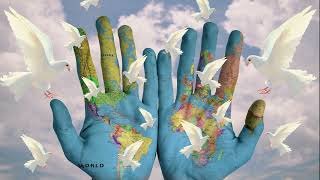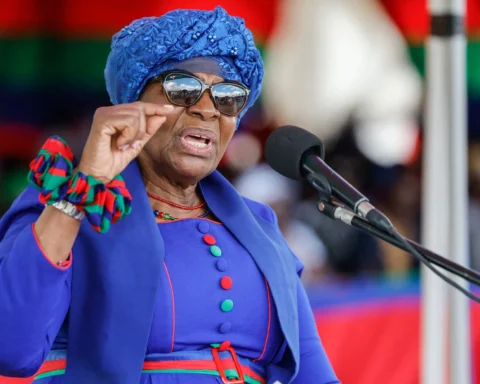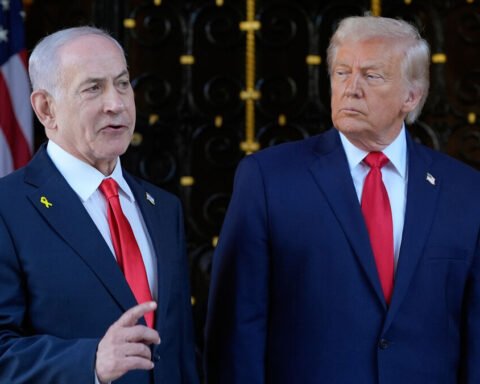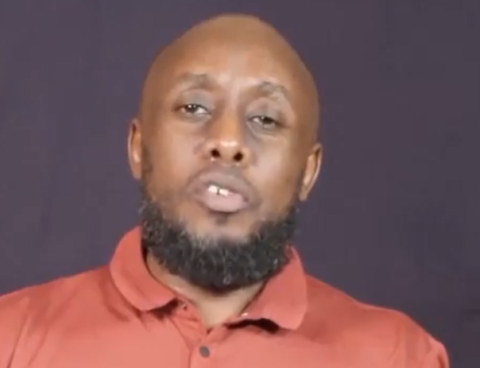As the world approaches the International Day of Peace on September 21, 2025, the ideal of global harmony continues to face serious challenges.
Across continents, conflicts persist — both within nations and between them — highlighting that peace remains an aspiration rather than a reality in many regions.
The United Nations has emphasized this year’s theme, “Act Now for a Peaceful World,” urging governments, civil society, and individuals to take concrete steps toward reconciliation and conflict resolution. UN Secretary-General António Guterres noted that “lasting peace is possible if the global community collectively prioritizes dialogue, understanding, and justice”
In Kenya, national efforts are underway to strengthen peace through inclusive dialogue. Initiatives such as community reconciliation forums and structured discussions between local leaders aim to address long-standing disputes and foster social cohesion.
Also Read; Netanyahu Warns Hamas Over Hostages’ Safety
These measures are part of broader attempts to create sustainable mechanisms for resolving conflict before tensions escalate
Despite these efforts, the global situation remains fragile. Political disputes, economic inequalities, historical grievances, and competition over resources continue to drive unrest in several regions. Observers warn that the act of celebrating a day dedicated to peace can sometimes mask the deeper, persistent challenges that societies face on the ground
For citizens worldwide, the International Day of Peace is both a reminder and a call to action. It underlines the importance of cooperation between nations, the role of local communities in resolving disputes, and the need for continued vigilance against forces that threaten harmony. While progress may be uneven, these collective efforts represent the hope that dialogue, understanding, and goodwill can overcome divisions.







